To understand where we are, we must always understand where we have been. In order to fully appreciate something new, that can be perceived as a gigantic improvement, we should know what life was before it, right? As always, let’s start where it all began.
The very first computer-controlled system on a vehicle had to perform only one function: to control the electronic fuel injection. This was back in the day where the 1968 Volkswagen® Type 3 Fastback had a transistorised electronic module manufactured by Bosch® and was the world’s first mass produced car to have electronic fuel injection.

1970 Volkswagen® Type 3 Fastback
This reminds me of an amusing story when I was working on big rigs in my much younger days. I got to know many wonderful people working in the trucking industry.
This was in the mid-70’s. Citizen band radios (CBs) were cool - they were the equivalent of how popular iPhone™ is today. The film, Smokey and the Bandit, was a box office hit in 1977. Songs like Convoy, released in 1978 with lyrics like, “this is Rubber Ducky, 10-4,” and made CB radios even more cool.
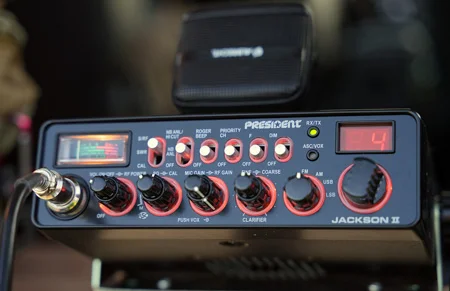
A citizen band radio
I had installed a CB radio under the dash of my 1974, bright yellow, Mercury® Monterey. I was all in – talking to truckers on their way to work every day and letting them know what was going on to keep their big rigs moving down the highway. My handle was "breaker – breaker 1-9" (a nickname for channel 19)…this is the “Yellow Jacket”, come on.” On the way home I would tell them, jokingly, that they should ease up on their big rigs a little as I’m getting tired of fixing what they keep tearing up. They found that funny, and I was amused, but we connected.
As we conversed, I learned an insider secret from them that I am quite sure was held for only those driving the rigs, and maybe a few select individuals. I felt honored as a mechanic to be trusted with this intel that very few were ever privy to, even to this day! I have kept this secret until this very moment.
I cannot divulge the CB channel, only because I cannot remember, but if a trucker passed a Volkswagen Fastback going down the highway in those days, all he had to do was to "key the mic", also known as holding the button down on that channel. The transistorised electronic module on the VW® would freak out at the frequency signal and would cease to deliver any fuel at all through the injectors. Yes, it died as if you turned the key off in the ignition. The vehicle would sit on the shoulder of the highway, unable to restart, until the compassionate trucker would ‘let go’ of the mic button or drive out of range of the radio frequency. It was sad for the Volkswagen owner since the truckers were sharing this intel along the trail, letting others know where the car is located: “he is at mile marker 72, take him out.” Of course, a shielded wiring harness kit would correct the awful problem for the Volkswagen owner. What a great example of the early years of Radio Frequency Interface (RFI).
A few years later in the late 1970’s, my time at a Datsun® dealership taught me to check a few basic things before dragging out the cumbersome factory tools to check the computer system that controlled the electronic fuel injection system. Somewhat like a pre-scan, I’d look at things that would affect the computer system and or the components. You’d want a good, clean battery connection, for one. There’s nothing like a poor ground or low voltage to the computer module to wreak havoc with the system. Dirty voltage due to alternator diode is another good example of what we might have pre-scanned. I always did a vacuum test to see the mechanical condition of the engine and an exhaust flow analysis.
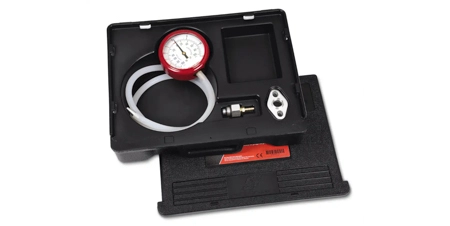
Through the ‘80’s and ‘90’s it was always a great idea to check some basics prior to a scan test. If we didn’t, we could go down the wrong path and waste tons of time.
As more and more modules were added, and technology grew by leaps and bounds, the systems began to be able to detect issues of those basic items. Then the OEM’s (original equipment manufacturers) began to network the modules together. That allowed our developers to run a scan test for codes of all modules, in a couple of minutes.
Now, it’s called pre-scan or post-scan; pre-repair and after-repair. This incredible feature came along in 2014.
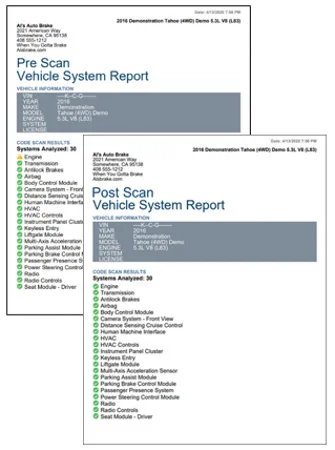
I have always believed that comebacks happen because of something we have missed; more often than a mistake we made. The most profitable technicians and shops out there perform a pre-scan on every vehicle that comes through the door and a post-scan is the last task before the keys are handed back over to the customer. This practice finds additional work needed and reduces comebacks. And it is a BIG timesaver as well. Like this article title states: Solid Gold for Profitability!
Many insurance companies require a pre and post-scan to cover the work. This better ensures that the work was done correctly and that nothing else should have been taken care of.
The diagnostic health scan option on Snap-on scan tools is a great option to provide your customer with an easy to understand overview. This is a customer friendly report that can be printed out for the customer before the repair as well as after.
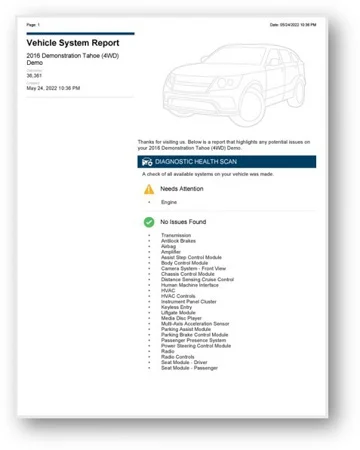
Performing a health check will give you and your customer peace of mind. Many of the systems scanned do not turn on a light or warn the driver. So, this health scan will uncover these unseen issues.
The printout of the Diagnostic Health Scan reports creates a level of professionalism that greatly adds to the credibility of the shop and its technicians. Of course, that also goes a long way to justify the diagnostic charge.
In fact, garage owners, when is the last time you adjusted that charge? That charge became an industry standard over the years to cover the investment of the information and equipment to properly diagnose today’s vehicles.
Back to the printout, show your work – show your worth.
Along with the ability to be printed, these reports can be emailed or texted to the vehicle owner. This is possible using Snap-on© Cloud, found at www.altusdrive.com. Accounts are complimentary for diagnostic tool owners with current software.
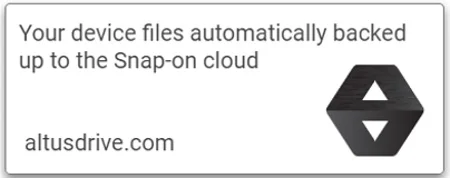
The report goes to the cloud when the scan is complete and from there it can be easily accessed by phone, laptop or desktop. Once received, it can be added to the customer’s file, emailed or texted to them.
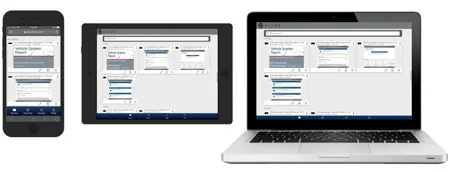
Another tremendous time saving feature of the pre-scan, is if a code is detected, it will display a button with the word “diagnose”, that will take you straight to the Fast-Track® Intelligent Diagnostics landing page.
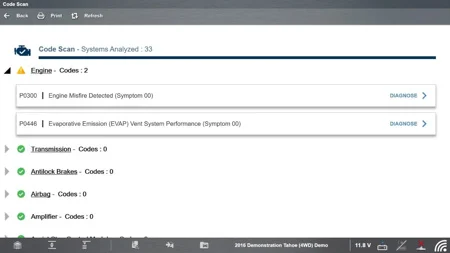
Touch the button and you now have access to a workflow to find the problem the in the fastest manner - all on one page. Fast-Track Intelligent Diagnostics links problems with solutions. Instead of looking at hundreds of lines of data, TSB’s, repair tips, and functional tests, everything is specific to the vehicle and the code. All from the touch of a button after the pre-scan.

This is available on ZEUS+™, TRITON-D10™ & APOLLO-D9™
The overall workflow now using pre and post scan looks like this:
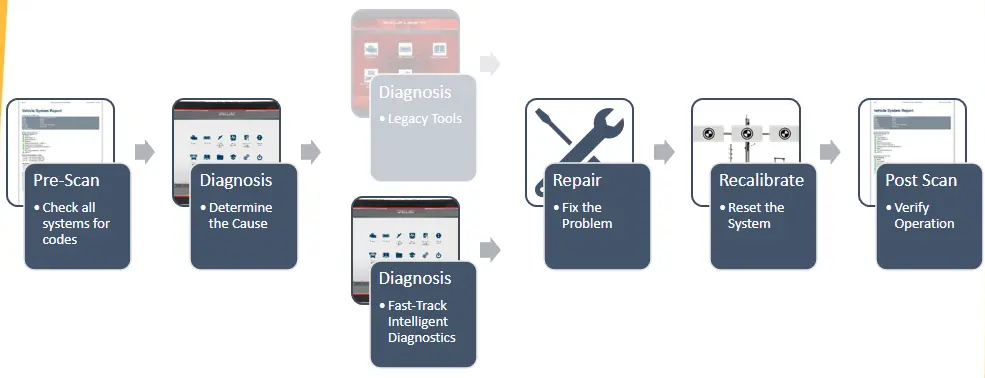
Other scan tool companies offer a similar feature to the Snap-on pre- and post-scan, and they label it as 'Topology'.
Since the topology of other scan tool companies is a generic template, it is impossible to describe the vastly different layout and designs, much less the completely different data bus configurations from one OEM to another.
We decided that with the complexity of today’s vehicles and their systems, we would keep it simple, efficient, and fast. The pre and post-scan layouts are quick and precise - with a button to get you to the problem fast. The diagnostic health scan is for customers to understand and appreciate.
Snap-on pre-/post-scans are VIN specific. That means there won’t be any modules listed that are not present on the car. We only provide you with data that is relevant to your specific vehicle.
Technology has made these days the good ‘ole days. We have come a long way since CBs and VW Fastbacks.